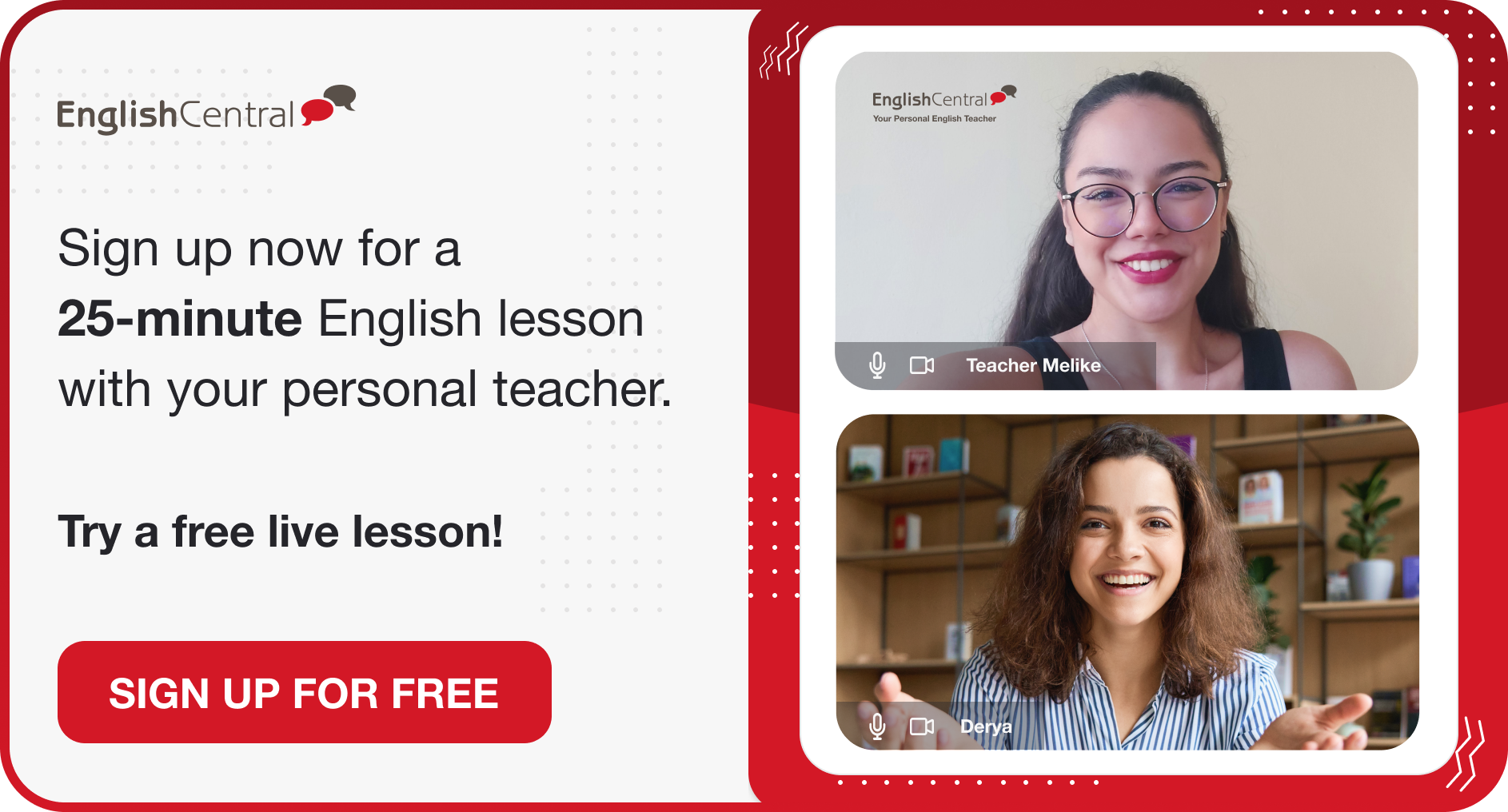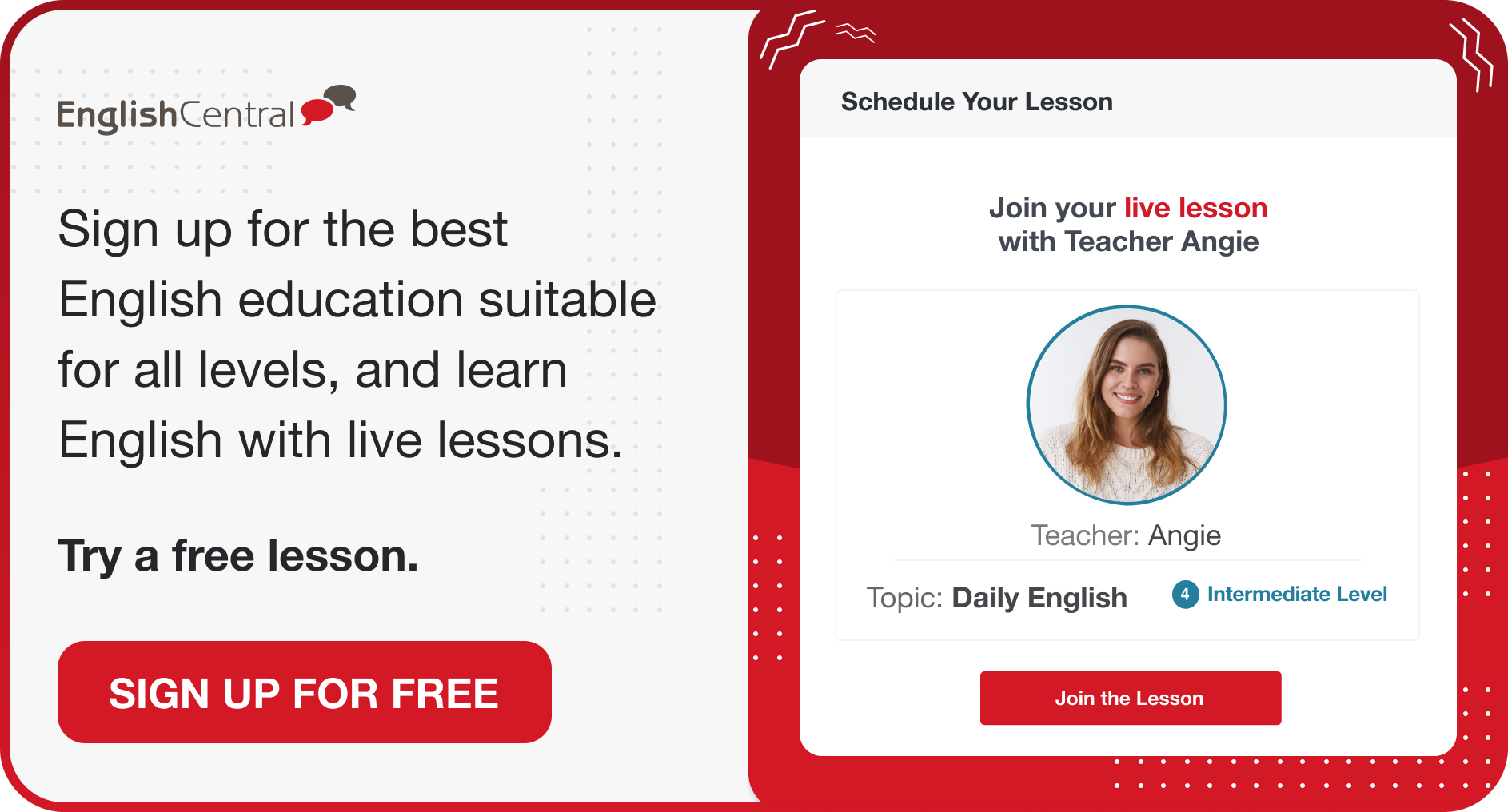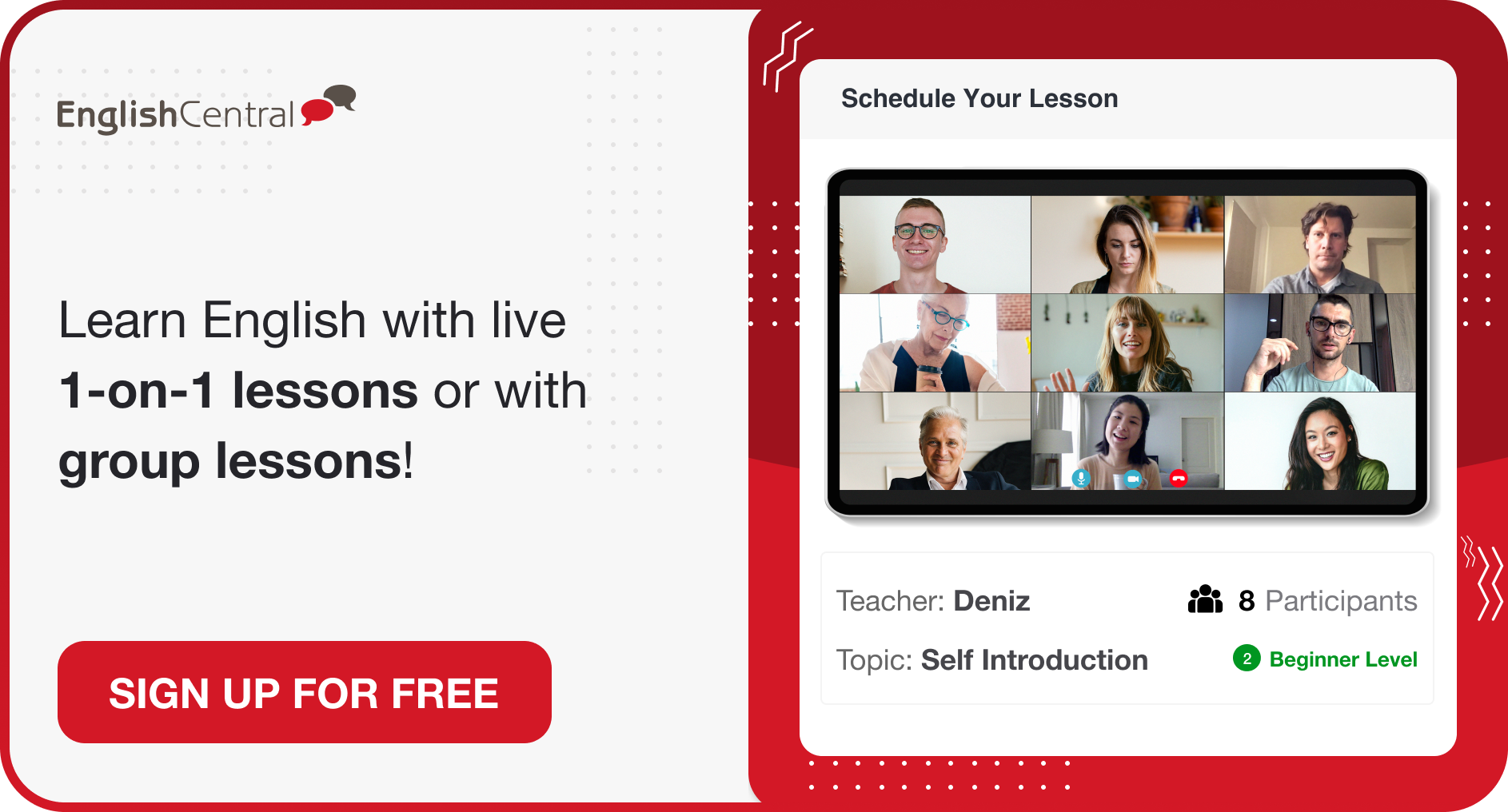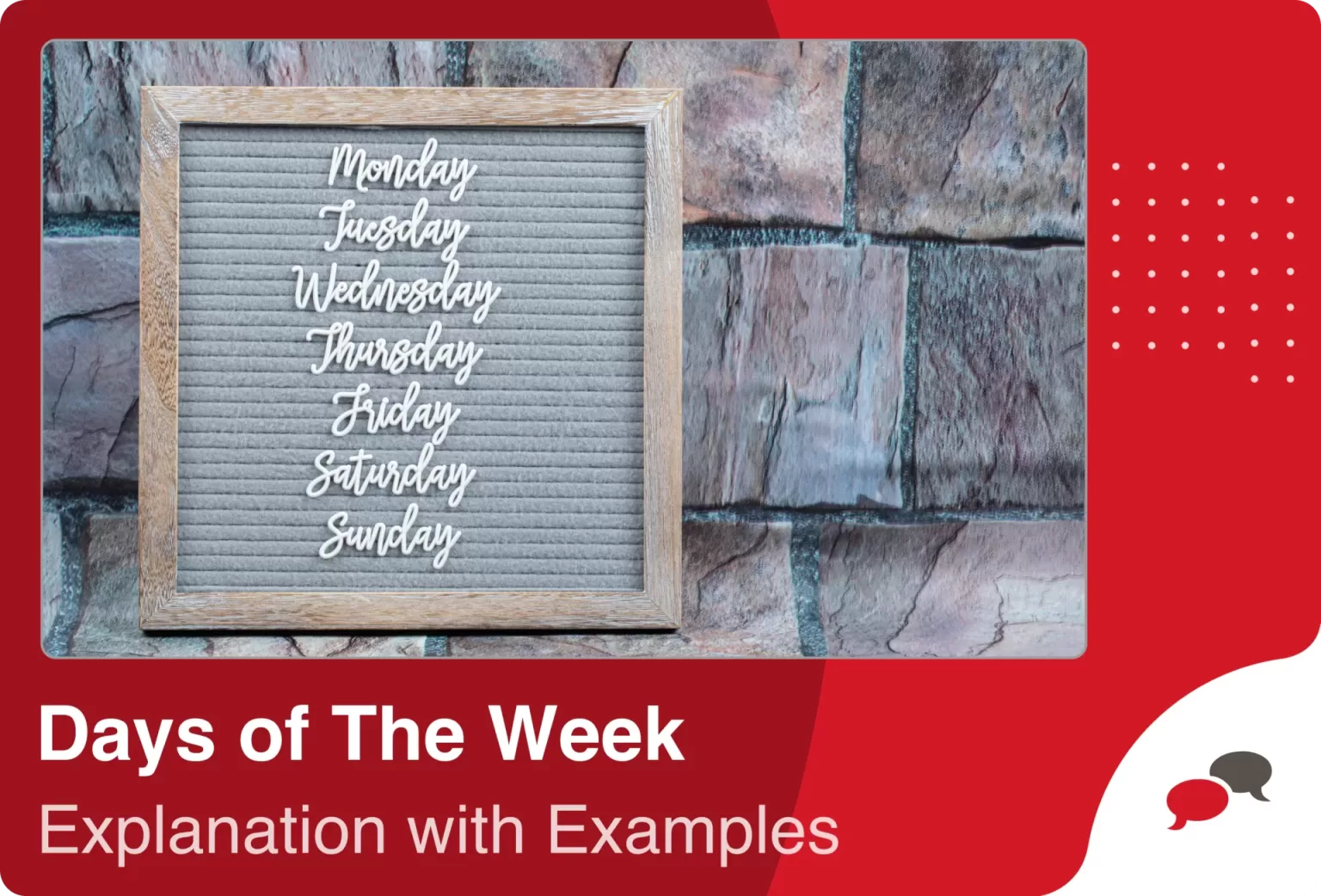Everyone needs to learn how to write a business email. Whether you are employed or looking for a job, you need to know how to write a professional email. You will use email to apply for jobs, communicate with coworkers, and much more. There is a difference between a regular, casual email and a business email. But don’t worry, this article is prepared to help you learn all about writing a business email.
Business Email Format
The format of a business email looks different from the casual emails we send to our friends. The parts that make up a business email are the subject line, greeting, introduction, body, closing and signature. Let’s examine each of these parts in careful detail to ensure we properly learn how to write a business email.
Subject Line
Subject line is one of the most important components of a business email. First of all, always write a subject line. Emails without a subject line can fall in the spam folder. It’s what your email recipient will see first and this is the part where they will decide whether your email concerns them, is relevant, or spam. They could even deem you unprofessional and not read your email. To avoid that and make a good first impression, make your subject line concise and clear. It shouldn’t be longer than 50 characters. And keep in mind that it may not even appear in its entirety, so the shorter, the better. Let’s look at some examples.
Follow up on our meeting on (insert meeting topic)
Quick question about our meeting on Wednesday
Reminder about (insert project name)
Job Inquiry (insert your name)
Meeting Request – (insert your name)
Application for Manager Position
Greeting
After you secure your perfect subject line, the next thing your recipient will see is your greeting. There are multiple appropriate greetings for a business email. The most common of them being “Hi (Recipient’s name)”, “Hello, (Recipient’s name)” and “Dear (Recipient’s name)”. These are all appropriate and common greetings, although if your email is extremely formal, you might want to go with other greetings. In that case, you can try “To (Recipient’s name)”, or “Dear Sir/Madam”. These are quite impersonal and cold greetings, therefore you should save them for the most formal emails. “To whom it may concern” is another safe and quite formal greeting if you aren’t sure who will receive your email. You might be addressing multiple people at once, so you might say “Greetings”, “Good morning/afternoon/evening” or “Hi there”. Make sure you spell the recipient’s name correctly. You can also include “I hope this email finds you well”.
Introduction
After you have greeted your recipient, you should introduce yourself and talk about why you’re reaching the recipient. You can write “My name is/I’m (insert your name), and I’m reaching out to (the reason you are writing the email). This part should be short, and since you already wrote keywords in the subject line, briefly stating your reason works fine. You will include the details in the next part. If you’re writing on behalf of the company you work under, include your position, your company name and a brief introduction of your company.
I’m reaching out to apply for the Sales Associate position.
I’m reaching out to discuss/explore the possibility of a collaboration between our companies/organizations.
I’m reaching out to schedule a meeting.
Body
You have greeted the recipient, introduced yourself and the reason you are reaching out to them. Now is the time to get into details. Depending on the contents of your email, you can ask questions, give directions, state details about your resume, give information about yourself or your company, etc. Make sure your language is clear and formal, you want to get your message as clearly and appropriately as possible.
Closing
After you finish the body part of your email, you should close with a kind goodbye. Let’s look at some examples.
Best,
Kind regards,
Respectively,
Best regards,
Looking forward to our meeting,
Please reach out to me if you have any questions,
Warm regards,
Regards,
Thank you,
Signature
When signing off on an email, you should include your name and contact information. Your recipient should know how to reach you, your job title and other information relating to business. Your signature should look like this:
Kind regards,
(Your Name) (Your Last Name)
(Your Job Title and Department)
(Your Contact Information)
Business Mail Examples
Let’s check out some mail examples, so you can write the best possible business email.
An email for a job application
Subject: Job Application for (Position Title) – (Your Name)
Dear (Hiring Manager’s Name),
I hope this email finds you well. My name is (Your Name), and I am writing to express my strong interest in the (Position Title) role at (Company Name), as advertised on (Source of Job Listing).
With (mention relevant number of years) years of experience in (your field or relevant industry), I am confident that my skills and background align perfectly with the requirements of the position. Throughout my career, I have demonstrated a strong track record of (mention key achievements or responsibilities that align with the job description).
I am particularly drawn to (Company Name) due to its reputation for excellence in (mention something positive about the company, such as its products, services, or company culture). I believe that working at (Company Name) would provide me with the ideal environment to further grow professionally and contribute to the success of the team.
As a (your key strengths/skills), I am confident in my ability to (mention how your skills can benefit the company or solve potential challenges). I am a fast learner, highly adaptable, and thrive in collaborative environments. I am eager to bring my expertise to (Company Name) and contribute to its ongoing success.
Enclosed is my resume/CV, which provides additional details about my qualifications and achievements. I would be grateful for the opportunity to discuss my application further and how my skills align with the goals of (Company Name).
Thank you for considering my application. I am available at your convenience for an interview and can be reached via email at (Your Email Address) or by phone at (Your Phone Number).
Looking forward to the possibility of becoming a part of the (Company Name) team.
Sincerely,
(Your Name)
(Your Contact Information)
An email to request a meeting for a possible partnership
Subject: Request for Partnership Meeting
Dear (Recipient’s Name),
I hope this email finds you well. My name is (Your Name), and I represent (Your Company), a (brief description of your company and its core activities). I am writing to explore the possibility of a potential partnership between our organizations.
We have been closely following (Recipient’s Company) and are impressed by the innovative solutions and exceptional services you provide to your clients. As we strive to expand our reach and enhance our offerings, we believe that a collaboration with (Recipient’s Company) could be mutually beneficial and create significant value for both our customers.
We would love to discuss the potential areas of synergy and collaboration in more detail. Our team has identified a few potential opportunities where our combined expertise could lead to exciting new products and services.
To that end, we would like to request a meeting at your earliest convenience to explore this partnership further. We are open to discussing the format of the meeting, whether it be in person, over a video call, or through any other preferred method.
Please let us know your availability over the next couple of weeks, and we will be sure to align our schedules accordingly. If there are any specific topics or documents you would like us to prepare in advance, please do not hesitate to let us know.
Thank you for considering this proposal. We are eager to learn more about (Recipient’s Company) and discuss how our collaboration could drive growth and innovation in the market. Looking forward to the opportunity to connect with you soon.
Warm regards,
(Your Name)
(Your Title/Position)
(Your Company)
(Your Email Address)
(Your Phone Number)
An email about a future meeting addressed to your coworkers
Subject: Invitation to Future Meeting
Dear all,
I hope this email finds each of you in good health. We are excited to announce that we have scheduled a crucial meeting to discuss our upcoming projects and strategies.
Date: (Meeting Date)
Time: (Meeting Time)
Location: (Meeting Location/Conference Call Details)
Agenda:
Overview of the current projects and their progress.
Discussion on potential challenges and opportunities.
Brainstorming ideas for future initiatives.
Allocation of responsibilities and tasks.
Any other business.
Your participation and valuable insights are instrumental in shaping the success of our organization. Please mark your calendars for the meeting, and if you are unable to attend, kindly inform (Your Name/Email) at your earliest convenience.
We look forward to a productive and collaborative session.
Best regards,
(Your Name)
(Your Title/Position)
(Your Company)
(Your Email Address)
(Your Phone Number)
Frequently Asked Questions About How to Write a Business Email
How do you write a business email?
To write a business email, you should use formal and clear language, write a subject line etc. You can find detailed explanations with examples on how to write a business email in our article above.
What are the parts of a business email?
A business email consists of a subject line, greeting, introduction, body, closing and signature.
What do you write a business email about?
A business email can be about many topics: Job application, possible partnership, setting up a meeting etc. You can find examples for these email topics in our article above.
How do you start a professional email?
You can start a professional email with “Hello (Recipient’s Name)”, “To whomever it may concern” or “Dear (Recipient’s Name)”. You can find more examples in our article above.
Would you like to put what you have learned into practice? You can access everything you need to learn English on a single platform! With 25-minute one-on-one live English lessons, 40-minute group lessons, more than 30,000 interactive videos, vocabulary learning tools, AI-supported tutor MiMi, quizzes, and interactive activities, EnglishCentral offers its users a personalized and quality education plan at an affordable price. How about registering for EnglishCentral now and starting to learn English?











